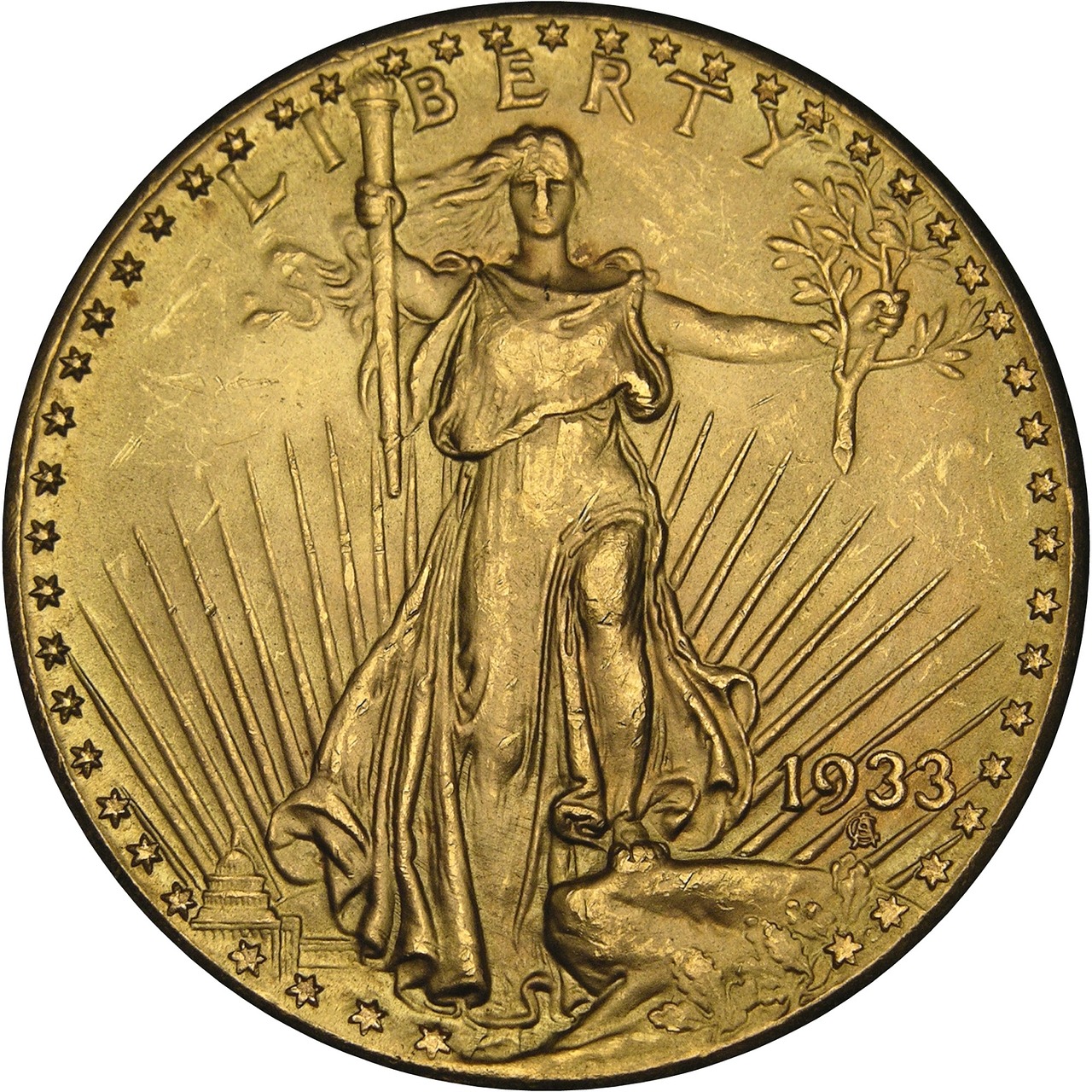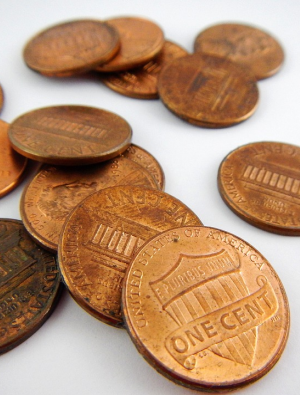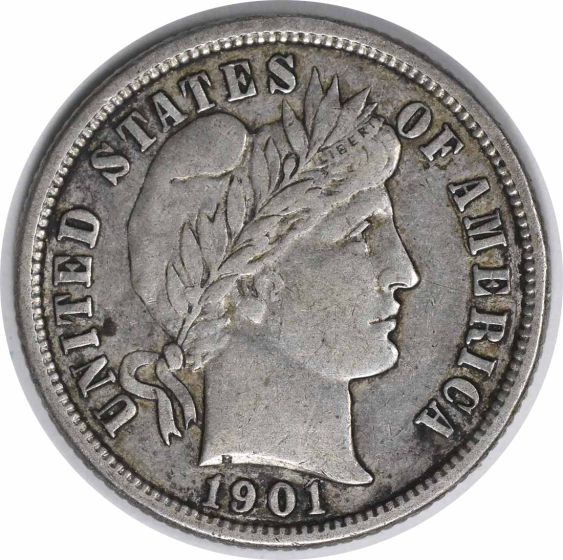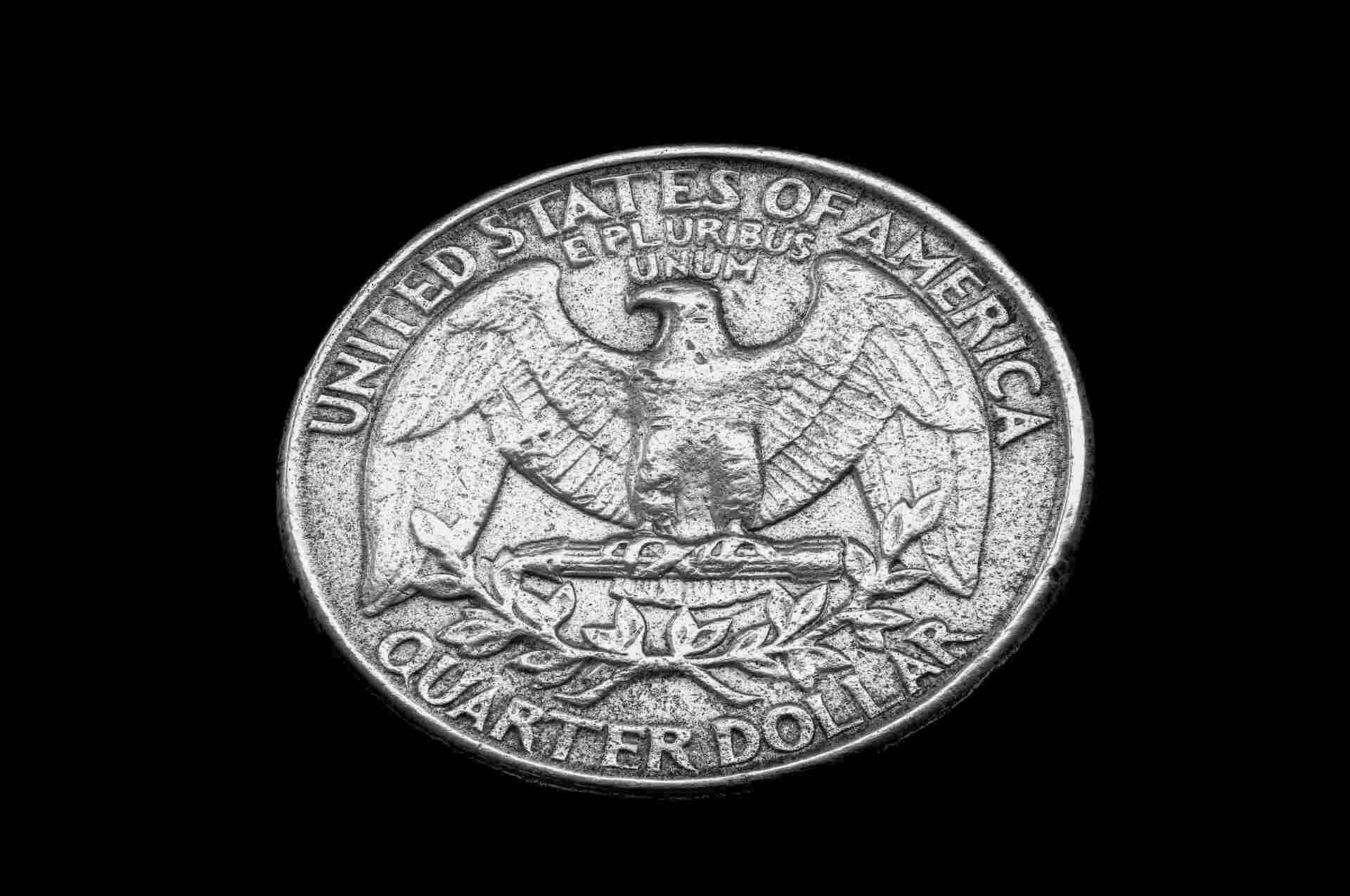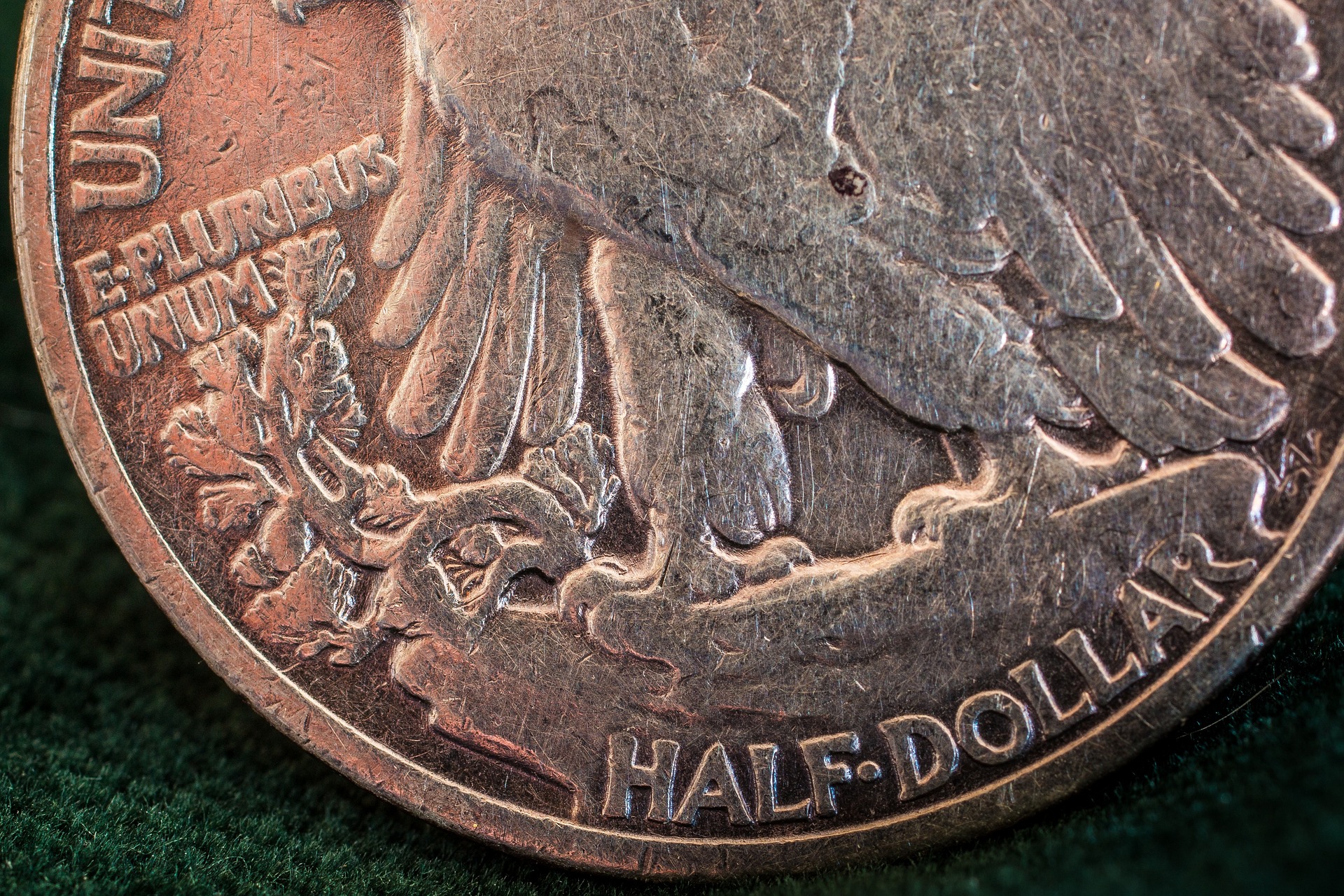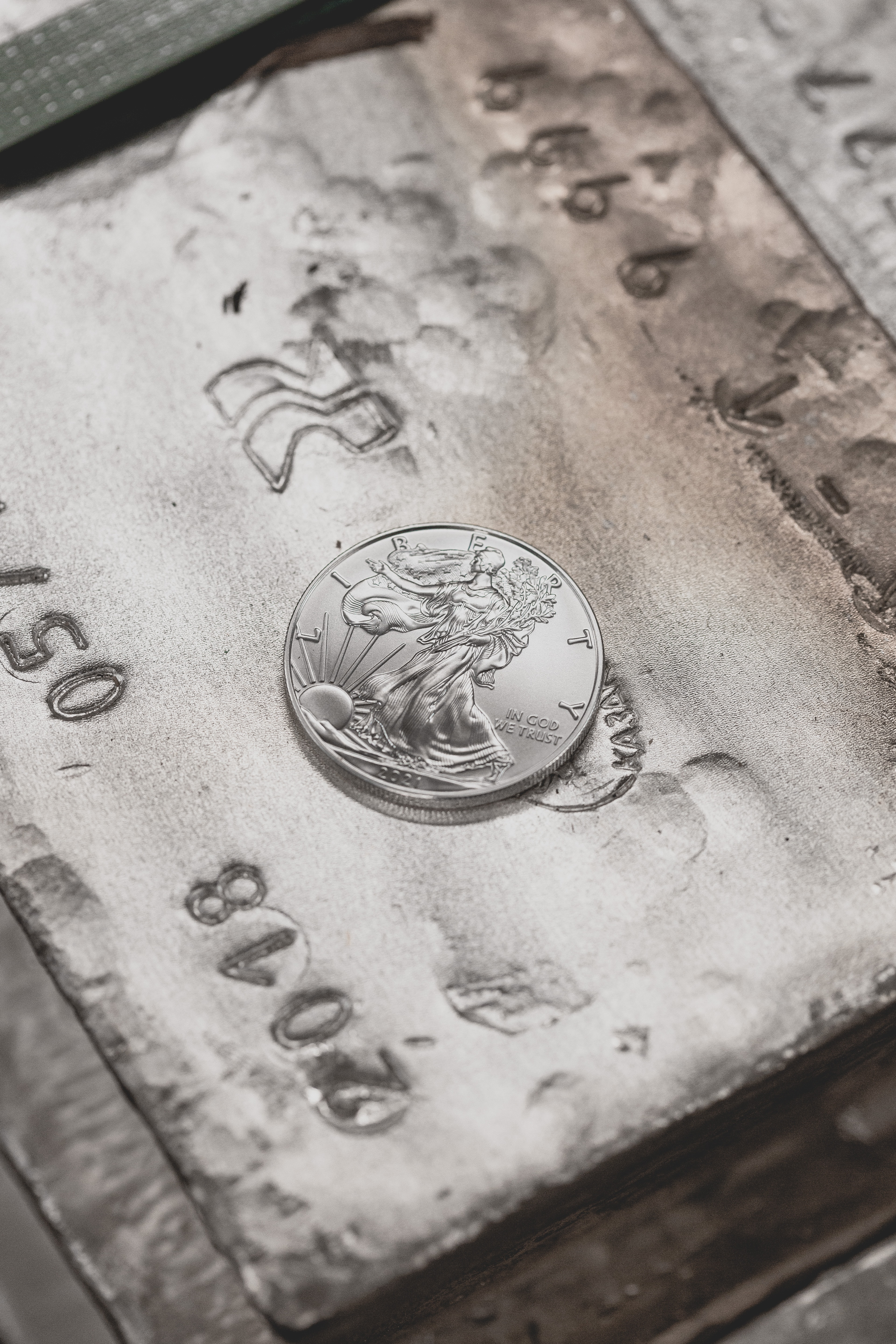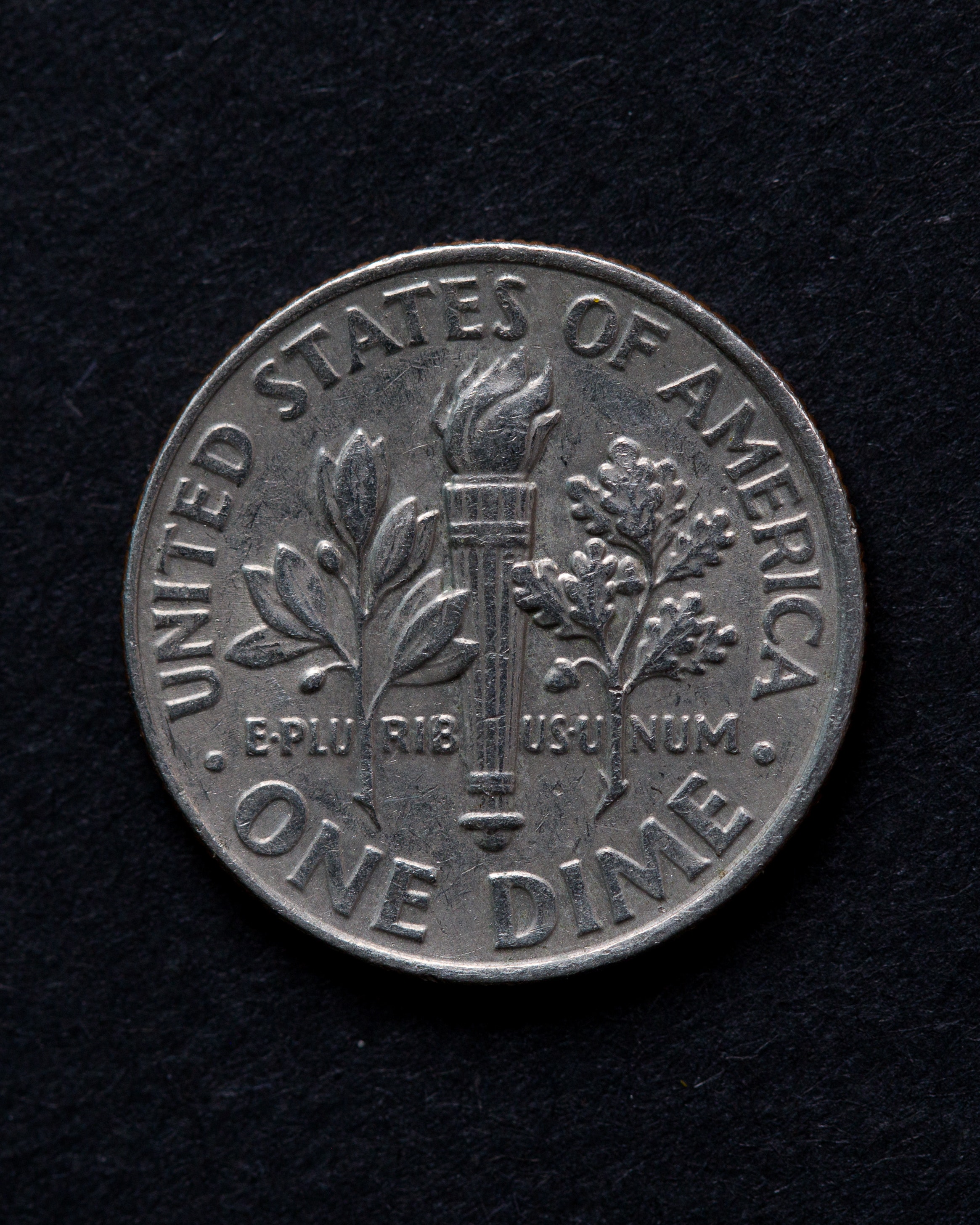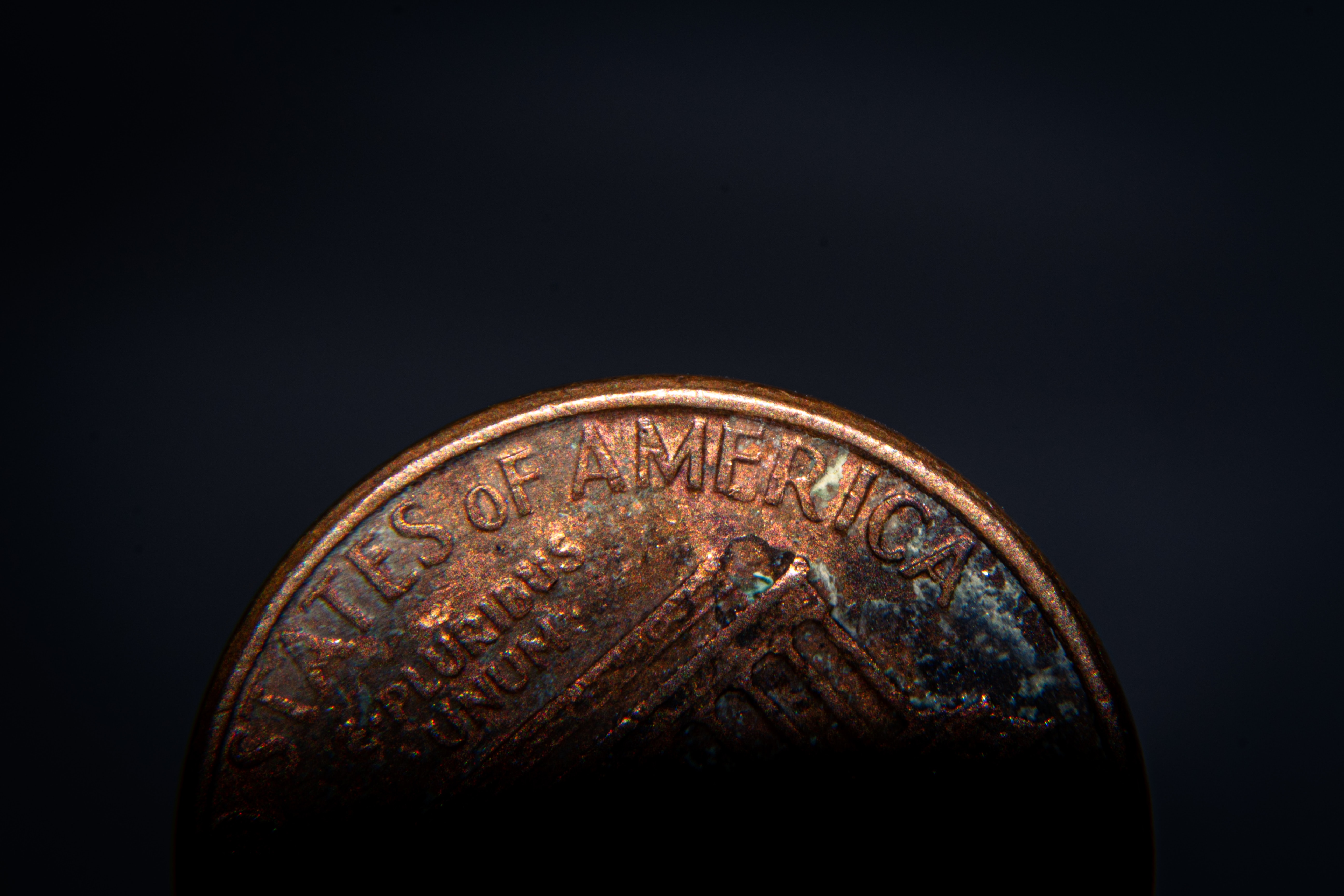Your Guide to Collecting Lincoln Pennies
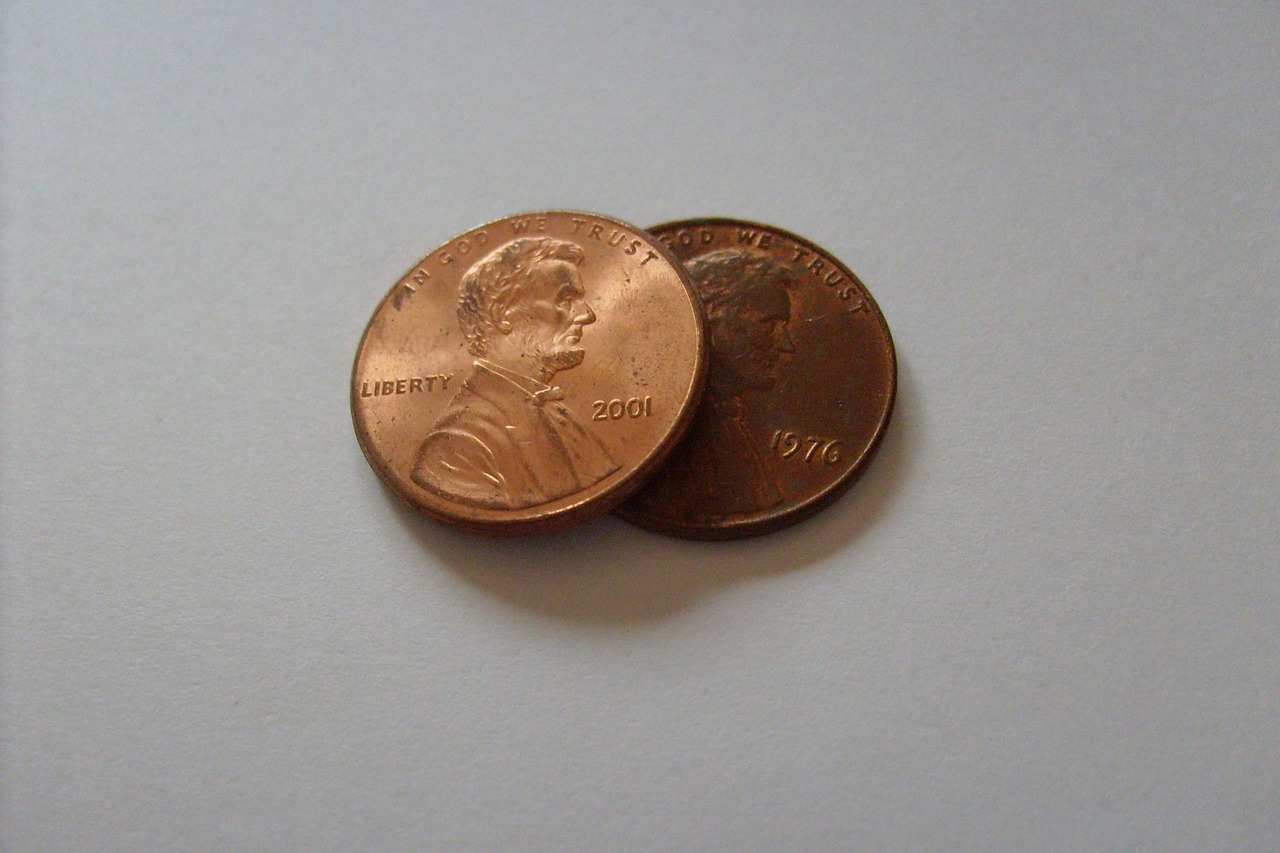
Minted and circulated from 1909 to the present day, the Lincoln penny is an iconic and history-rich coin with an endlessly interesting selection of designs and variants to collect. Several reverse designs have been featured in tandem with the Lincoln cent’s obverse depiction of Abraham Lincoln, and numerous historical and production-related events have created an amazing variety of pennies for collecting. Produced at four different mints and taking the title of the most abundantly issued coin in history, the Lincoln cent is one of the most collection-worthy and popular coins in existence.
President Abraham Lincoln Immortalized in Copper
Designed by Victor David Brenner, an American sculptor and engraver, the Lincoln penny’s obverse features a shoulders-up, profile-view portrait of President Abraham Lincoln. Obverse inscriptions include “LIBERTY,” “IN GOD WE TRUST,” and the year of minting.
While the same image of Lincoln has been featured since the coin’s first issue in 1909, the Lincoln cent has seen several reverse designs over the years. These designs have included ears of wheat, the Lincoln memorial, and four special designs as part of the Lincoln Bicentennial One Cent Program. All of these are sought after people collecting pennies.
The History of the Iconic Lincoln Penny
Lincoln pennies were first minted in 1909, and have been produced by the Philadelphia, Denver, and San Francisco Mints. When minting of the Lincoln penny began, Abraham Lincoln officially became the first real person to be featured on a circulating US coin.
Though the design process was difficult at times, Victor David Brenner’s image of the beloved President has stood the test of both time and composition changes. Initially made of mainly copper, the coin has also been composed of copper-plated zinc and, for one year, steel, making Lincoln cent collections relatively diverse compared to other coins.
Lincoln Cent Variants and Design Changes
With over 100 years in circulation, the Lincoln penny has undergone quite a few major composition and design changes within its long lifetime. Each coin variant has a unique story and offers a unique and history-rich penny collecting opportunity.
1. Wheat Cent
Minted between 1909 and 1956, the wheat cent featured two ears of durum wheat on either side of the denomination “ONE CENT.“ This early design also included Victor David Brenner’s initials “VDB” at the base of the reverse until their removal in August, 1909, following significant controversy, making this variety especially prized when collecting pennies. Wheat cents were composed of 95% copper and a remainder of tin and zinc, except during the war-time period of 1943 when they were crafted from zinc-plated steel.
2. War-time Cent
Lasting for just one year in 1943, the war-time cent is a great find for those collecting pennies. It was composed of zinc-plated steel instead of copper and tin, materials in short supply during US entry into World War II. However, zinc and iron used together quickly caused corrosion and aesthetic issues with the coins, and they were removed from circulation in secret.
3. Memorial Cent
A new reverse design for the Lincoln was released on February 12th, 1959 — the 150th anniversary of Lincoln’s birth. Designed by Frank Gasparro, this one-cent coin featured an image of the Lincoln Memorial in Washington, DC, and was composed of 95% copper and 5% zinc.
4. Bicentennial Cent
In 2009, four new designs for the Lincoln cent’s reverse were created in celebration of the Abraham Lincoln Bicentennial. The four coins represented the late president’s early childhood in Kentucky, his formative years in Indiana, his professional life in Illinois, and his presidency in Washington, D.C. Crafted of 2.5% copper and 97.5% zinc, these pennies feature images of Lincoln’s childhood log cabin, reading on a log, standing in front of Springfield Illinois state capitol, and the half completed Capitol dome. If you want to start collecting pennies, these four designs would be an easy way to begin.
5. Union Shield Cent
Introduced in 2010, the Union Shield Cent represents President Lincoln’s preservation of the United States as one united nation. Composed of copper-plated zinc, these pennies for collecting feature an image of the Union Shield (dating back to the 1780’s) designed by Lyndall Bass on the reverse.
Grading Rare and Notable Lincoln Pennies
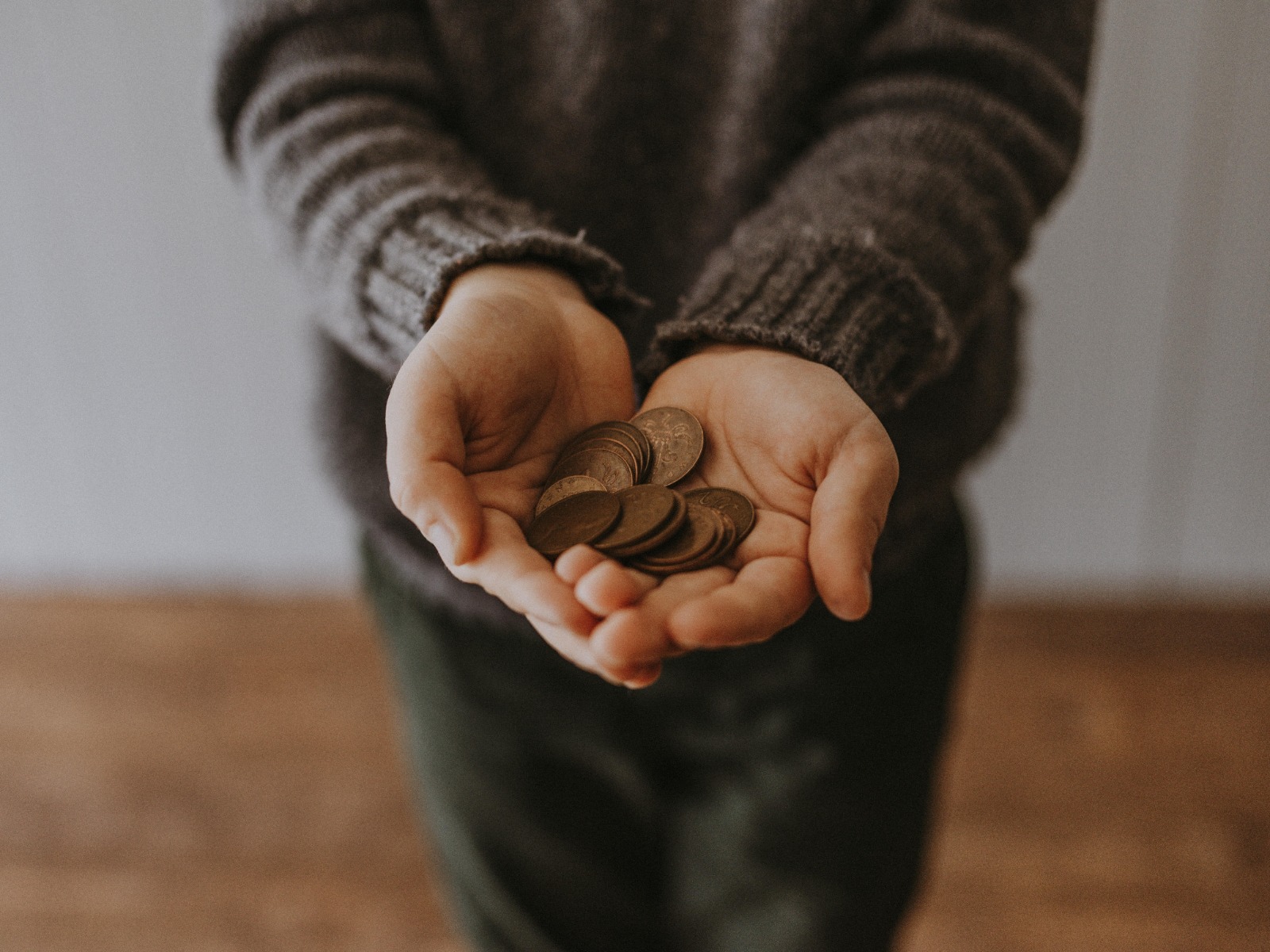
With such huge mintages, it's no surprise that many rare and notable Lincoln penny variants exist for collecting. The 1909-S VDB coin and the 1958 Lincoln penny with a double die obverse are just two of many. It’s helpful for any collector to understand the five main components of a penny’s grade — strike, surface preservation, luster, coloration, and eye appeal. When taken into consideration as a whole, these components determine a penny’s rarity, notability, and value.
1. Strike
The strike of a coin refers to the process of stamping its design onto a blank coin. Strike can be strong or weak, is influenced by the design’s obverse and reverse relief elements, and can vary between issues of the same coin. In the strike of a Lincoln penny, look for double-struck variants, die trial strike errors, or uniquely weak strikes to determine rarity.
2. Surface Preservation
Surface preservation refers to the presence of (or lack of) marks and surface irregularities on a coin. Generally, more valuable pennies for collecting will have fewer surface marks and surface irregularities. Extremely valuable Lincoln cents for collection include those minted in the coin’s early years that have been well-preserved or remain in uncirculated condition.
3. Luster
A coin’s luster depends on the coin’s unique design, composition, and condition — a coin’s luster can be satiny, frosty, or even mirror-like. A Lincoln penny with a great luster will appear to have a sheen, or light-reflective qualities across part or all of the coin’s surface.
4. Coloration
When collecting pennies, coloration is one of the most important factors in determining the value of a silver or copper coin. Lincoln pennies can be designated as red (RD), red and brown (RB), or brown (BN). RD cents have maintained 85-95% of their original color, RB cents have maintained at least 15-20% of their original red hue. High-grade Lincoln cents for collection generally exhibit RD coloration.
5. Eye Appeal
When combined, the four components listed above create a coin’s overall eye appeal. Eye appeal considers a Lincoln penny’s condition and appearance over all areas of the coin — if the majority of the coin has very strong luster and strike, the coin will likely be classified as having above-average eye appeal
Achieve the Ultimate Lincoln Cent Collection With L&C Coins
Founded in 1974, L&C Coins is your go-to expert when it comes to the coin market, coin designs, and coin valuation. Over nearly 50 years of business, we’ve become a well-known and reputable source for collectible coins that intrigue and excite seasoned collectors and new collectors alike.
Explore L&C Coins’ wide selection of rare and authentic coins today to begin or expand your history-rich collection. Our new arrivals and featured pages are great places to find your next favorite piece. Have questions or need guidance in your penny collecting journey? Don’t hesitate to contact our customer support team — we’re here to help.



